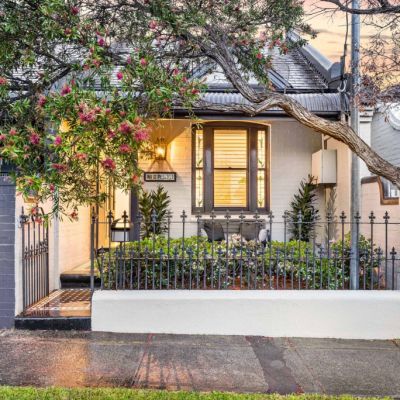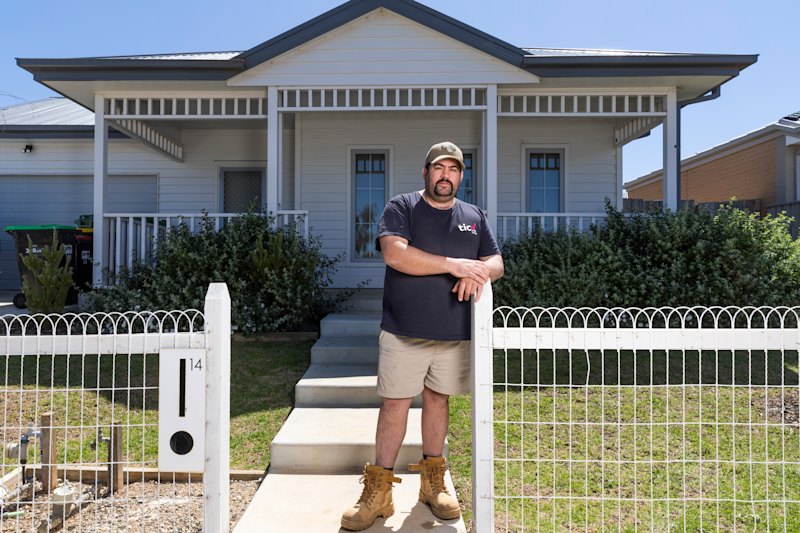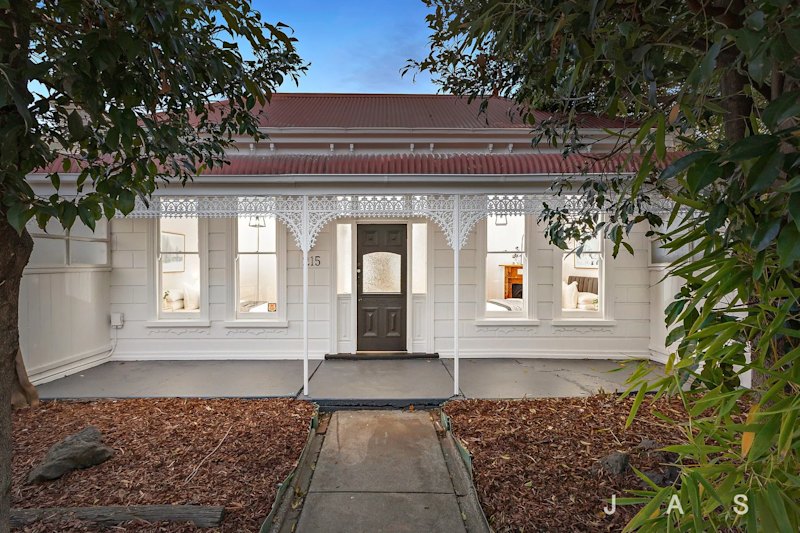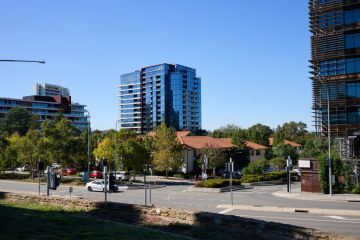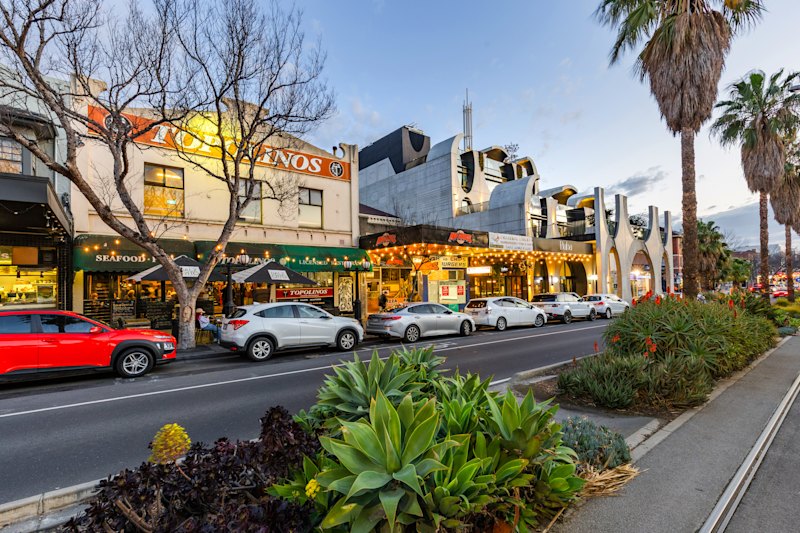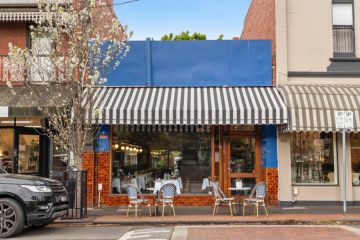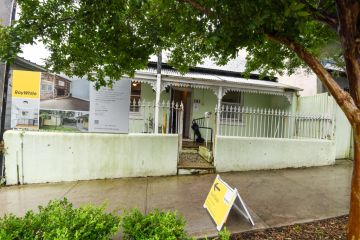Property price growth set to slow after APRA lifts interest rate buffer: economists
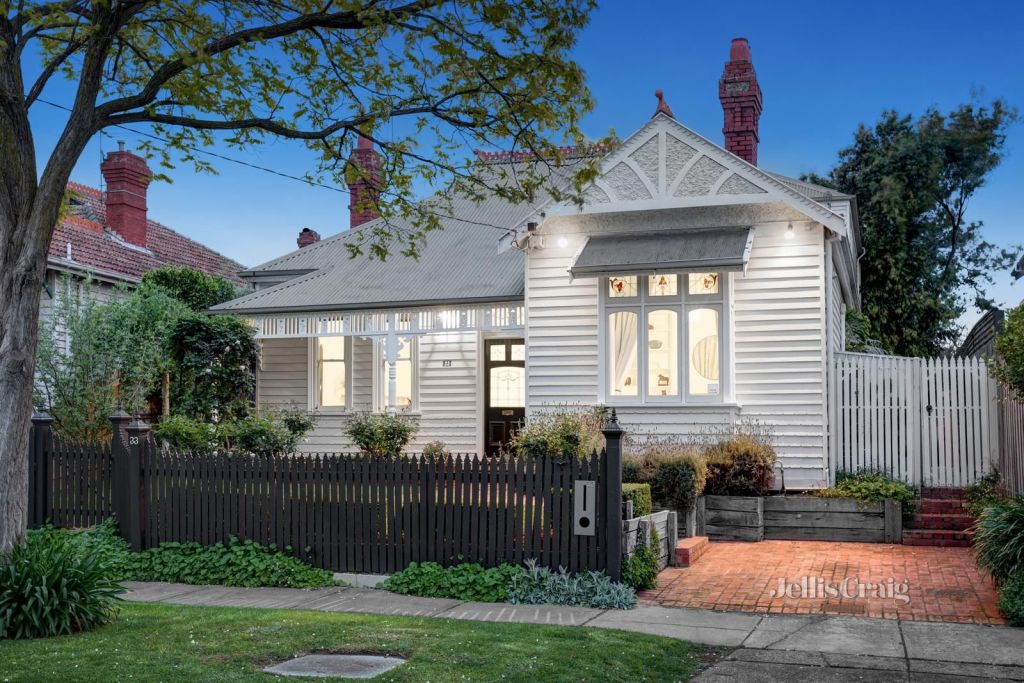
Rapid house price growth is set to slow after the bank regulator reduced the maximum amount that home buyers can borrow.
Banks will now have to assess whether potential borrowers could meet their loan repayments if interest rates rose at least 3 percentage points above their mortgage rate.
Previously, this buffer was set at 2.5 percentage points.
This will reduce maximum borrowing capacity for the typical borrower by about 5 per cent, according to an announcement on Wednesday by bank regulator the Australian Prudential Regulation Authority (APRA). As many home buyers do not borrow at their maximum capacity, APRA expects a modest impact on housing credit growth.
APRA chair Wayne Byres said the regulator was focused on making sure banks were lending to borrowers who could afford the debt they were taking on, now and in the future.
Economists expect the move to reduce the pace of property price growth, which has been soaring this year on the back of ultra-low interest rates and extra cash saved by locked-down workers who cannot spend on restaurant meals or overseas holidays. National home values rose more than 20 per cent over the past 12 months, on CoreLogic data.
The modest move is not likely to push property prices lower at this stage. However, the regulator may make more changes if needed.
Some banks have already been assessing whether borrowers could repay loans if interest rates rose even higher, with Commonwealth Bank lifting its serviceability floor from 5.1 per cent to 5.25 per cent in June.
“It’s a de facto rate hike for the housing market,” Westpac senior economist Matthew Hassan said of the APRA move.
“It’s about as close as you get to an actual interest rate increase without having a cash rate move.”
He expects the change to contribute to a slowing in property price momentum, likely to come through into next year, against a backdrop of constrained affordability as house prices have risen in several cities.
“We’ll see a moderation, most likely to single-digit price growth over the course of the next six to 12 months,” he said.
“We expect the aim of the regulator is to generate a soft landing in the market rather than a crunch.”
The change could be followed by other measures, such as limits on lending to borrowers who take on debts of more than six times their incomes, or limits on loans with small deposits, he said.
ANZ senior economist Felicity Emmett said the regulator will want to have a light touch in the first instance.
“And wait and see how the market responds to this and perhaps introduce further measures in a few months’ time,” she said.
“This will have quite a small impact although it will have an impact at the margin, particularly for anyone who is borrowing at the maximum level.”
AMP Capital chief economist Shane Oliver reaffirmed his view that house price growth will slow to 7 per cent next year, but that house prices were unlikely to fall.
“It all comes down to what else they do. If they do more later in the year you could end up with a more severe tightening, which could then see prices come down next year,” he said.
“The fact they’ve already done this is a possible pointer to more tightening than has been assumed.”
CBA head of Australian economics said a larger move than 50 basis points would be needed to make material revisions to the outlook for house prices.
“I think it’s going to slow the rate of growth in prices a bit but it’s not enough to send prices south,” he said.
“If it turns out that’s not having the desired impact there’s scope to scale it up. They’ll wait to see what the impact is before they decide to do anything else.”
Domain chief of research and economics Nicola Powell said the change would reduce borrowing capacity for new buyers.
“Buyers will have less money to make their purchases, so they’ll have less capacity to bid at auctions,” she said. “In the grand scheme of things, it is a small amount.
“We were seeing the pace of price growth moderate. I’m still expecting prices to grow but this might slow it down a little bit further in terms of pace.”
Investors were likely to be more affected, although the move would still affect first-home buyer capacity to purchase in the more expensive cities of Sydney and Melbourne, she said.
We recommend
We thought you might like
States
Capital Cities
Capital Cities - Rentals
Popular Areas
Allhomes
More
